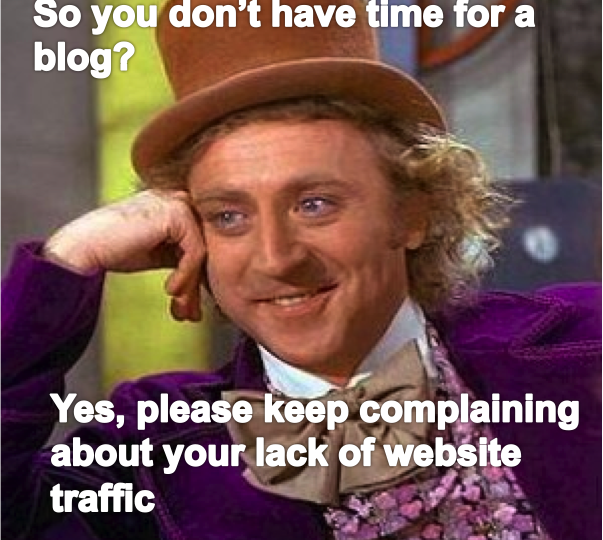When it comes to the world of social media, some businesses ask us whether something is better than nothing. We’re big advocates of the importance of maximising your online visibility and profile – with your own unique blog content at its heart – no matter what sector, size or type of business you are operating in, but under-utilised ‘online assets’ can sometimes do more harm than good.
Much of the content on corporate websites is fairly ‘static’ and rarely changes. Since Google favours ‘fresh’ content, a blog or news section provides a platform on which to regularly share new and engaging content on topical issues. However, if it is not maintained – and doing so can be difficult to get right and time consuming – something that is supposed to make you appear ‘current’, could suggest to customers that you’ve gone out of business!
We often come across websites that have blog or news sections which have not been posted on for months or even years and this is all down to lack of preparation. Either content creation was not properly resourced or not properly planned or both. To avoid making this mistake, here are 3 things you should do before starting a blog:
- Make people accountable for it
Not only should your blog be overseen and managed by someone who is responsible for maintaining it, if it is a corporate blog, it should also have several authors so that all of the onus for content development isn’t on one person. The authors may be experts from within the organisation who the marketing team interviews and ‘ghost writes’ blogs for but they should be made accountable for coming up with topics and insights on a regular basis, as well as given guidelines for the quick turnaround of amends and approval. If it is your own personal blog, then getting someone else to set you targets, proofread your work and give you a nudge when things become stagnant is important.
- Create a content plan
The most difficult thing about making a blog work – and making all the time and effort invested in it worthwhile – is coming up with new topical content that your audiences will want to read on a regular basis. When you don’t plan content tied into key calendar dates, it quickly falls by the wayside. A robust content plan or content calendar which identifies events, milestones or announcements that content can be hung around and allows flexibility for content that also reacts to what’s happening on the agenda will keep you in check. If you want your audiences to actually read your blog, you need to step away from the traditional marketing plan and shape your content plan not around what you want to sell but around what they want to read about. You can find this out by doing your research up front and setting up means of ‘listening’ to what your audiences are talking about online on an ongoing basis.
- Set the tone of voice and style
When launching a blog, it is important to have a bank of 5-10 back dated posts that set the tone of voice, style and quality of future posts and give readers an idea of the kind of content to expect.
Read more on how to start a blog in this guide.




